56 F. high in the Twin Cities yesterday, in spite of enough snow to slush up yards in the morning. Surreal.
55 F. average high on April 10.
62 F. high on April 10, 2014.
2/10ths of an inch of snow fell yesterday morning at MSP International Airport.
April 10, 1977: A record of 86 is set at Redwood Falls.
Oops
I
don't like hearing the word "oops" when I'm around pilots, surgeons or
tax accountants. And yet that's exactly what tumbled out of my mouth
yesterday, watching a vigorous snow squall slush up the parking lot.
"Did you predict this Paul?" my colleagues asked.
"How 'bout those Twins!" I answered, changing the subject.
In
spite of towering technology: Doppler, the ECMWF model and bright,
shiny weather objects there are still times Mother Nature throws us a
curve; faces pressed up against the nearest window in shock and awe.
"What the..?"
Yesterday
a puddle of cold air aloft, an "upper air disturbance" sparked enough
instability and upward motion for spring showers - and the lowest mile
of the atmosphere was just cold enough for snow.
Oops.
With any
luck I won't be using the S-word again for a good, long time. After
false starts spring blooms over the weekend as temperatures surge into
the 60s; 70F not out of the question Sunday, again the middle of next
week. A thundershower may sprout Sunday, with another chance of showers
next week. No serious weather drama anytime soon, I'm happy to report.
On the weather blog below: a quieter hurricane season and are we turning the corner into a wetter pattern?
Illinois Wedge Tornado. Check out this amazing YouTube clip, courtesy of
Live Storms Media: "
Drill
bit tornado developed west of I-39 and widened as it moved toward the
highway. The tornado entered it's wedge stage while crossing the highway
and doing significant damage. The tornado then moved away toward the
Fairdale community where at least one fatality has taken place and
destruction took place. This large tornado churned across a long track
and the National Weather Service will survey the damage starting
tomorrow. Footage shot by Tyler Olson of Live Storms Media."
Illinois Death Toll Rises As Crews Search Rubble.
CBS News
has more details on the severe tornadoes that touched down about 1 hour
west of Chicago Thursday evening; here's an excerpt: "...
Resident
Al Zammuto, a 60-year-old machinist, said he and other residents
received cellphone alerts at 6:45 p.m., but he dismissed it as previous
warnings hadn't amounted to anything. Then his windows exploded. He took
cover as the severe weather struck. Bricks were torn off the side of
his home. Minutes later he stepped outside and couldn't believe his
eyes. He said the town looked trashed "looked like a landfill" and the
sounds were haunting. "People were screaming and yelling," he said.
"People were in total shock..."
Photo credit above: "
This
aerial photo shows a path of destruction Friday, April 10, 2015, after a
tornado swept through the small town of Fairdale, Ill., in DeKalb
County Thursday night. The National Weather Service says at least two
tornadoes churned through six north-central Illinois counties. Illinois
Gov. Bruce Rauner declared DeKalb and Ogle counties affected by the
severe storms and tornadoes as disaster areas." (AP Photo/Daily Chronicle, Danielle Guerra).
Warming Trend.
12 KM NAM data shows a wave of 60s pushing into Minnesota and Wisconsin
later today, in fact the next 5 days in a row should be above 60F,
possibly rising into the low 70s tomorrow. Nice to be above average.
Animation: NOAA and AerisWeather.
Ring The Church Bells.
I should sound the emergency sirens, just to remind people it's safe to
come out of their basement bunkers and savor a beautiful, springy
weekend. A T-shower may bubble up late tomorrow, more showers late next
week as temperatures cool down again. Yes, spring can be spastic here in
The Land of 10,000 Weather Extremes.
Moderately Mild.
I still suspect temperatures for 2015 will average warmer than normal,
based on an El Nino phase which looks even warmer as the year goes on.
We'll have our share of cool fronts over the next few weeks, but I would
wager a stale bagel that summer will be hotter, and probably drier. 500
mb winds the evening of April 24 will be weak, meaning a minimal severe
storm risk with temperatures above average; a potentially soaking rain
for the east coast. Map: GrADS:/COLA/IGES.
Turning The Corner on Moisture?
I sure hope so; we seem to be sliding into a wetter pattern, but
whether this is a trend or a fluke - it's still too early to say. Here's
an excerpt from Mark Seely at
Minnesota WeatherTalk: "
Some
Minnesota observers across the southern third of the state have
reported measurable rainfall every day since last Saturday, by far the
wettest period of the year so far. Over April 4-10 many climate
stations reported over half an inch of rainfall, while far northern and
southeastern locations received 1 to 3 inches of snowfall. Hail was
reported from Freeborn, Martin, and Rock Counties. The weekly
precipitation totals were significant for many southeastern Minnesota
cities with Grand Meadow reporting 3.14 inches, Minnesota City
reporting 3.16 inches, and La Crescent reporting 3.36 inches..."
First Forecast: Below Average Hurricane Season Likely.
My confidence level with these predictions, 3-6 months before the heart
of hurricane season, is about low as it can get. Forecasters look at
ocean water temperatures and prevailing winds to make a (WAG) about
hurricane frequency and intensity, but buyer beware. Here's an excerpt
from
USA TODAY: "...
The
tropical Atlantic has anomalously cooled over the past several months,
and the chances of a moderate to strong El Niño event this summer and
fall appear to be quite high," Klotzbach said in a statement.
"Historical data indicate fewer storms form in these conditions." El
Niños, a periodic warming of tropical Pacific Ocean water, tend to
suppress Atlantic hurricane activity, but often spur eastern Pacific
hurricanes..." (Hurricane Arthur File image: NASA's International Space Station).
* More perspective on the potential for hurricane formation in the Atlantic in 2015 from
Weather Underground.
Quiet Hurricane Season Means You Should Still Prepare. All it takes is one. Here's some timely and useful information from
disastersafety.org: "..
While this is good news, the Insurance Institute for Business & Home Safety
(IBHS) reminds residents it only takes one storm to devastate a
community, a state or an entire region. History has shown us that
devastating hurricanes can still happen in below-average seasons.
Hurricane Andrew, which is the second most damaging hurricane in U.S.
history, was the first storm in 1992, and the rest of the season was
relatively quiet. Therefore, IBHS encourages residents to be prepared,
and start their hurricane home protection efforts now before the start
of the season on June 1..."
Meteorologists Steaming After Hurricane Research Funding Is Slashed. Meteorologist Eric Holthaus has the story at
Slate; here's the intro: "
An
ongoing, largely successful effort to accelerate improvements in
hurricane forecasts has been cut significantly, and meteorologists
aren’t happy about it. The Hurricane Forecast Improvement Program is a
10-year initiative that launched in 2010, and it’s designed to enhance
scientists’ ability to anticipate rapid fluctuations in track and
intensity for tropical cyclones, which routinely rank among the
costliest and deadliest storms on Earth.
In its first five years, HFIP has produced a state-of-the-art hurricane
forecast model that’s helped to improve hurricane forecast accuracy by
20 percent since 2010, among other achievements..."
California's Drought And The Weird, Warm "Blob" In The Pacific That May Be Fueling It.
What, on Earth, is triggering the ridiculously resilient ridge over the
west coast of the USA, with subsequent mega-drought and record heat?
Here's an excerpt from
The Washington Post: "...
It’s
not clear what’s causing the warming of the water in the Tropics (and
the resulting weather weirdness). The “North Pacific Mode” phenomenon
has been recorded before, though it’s been getting stronger since the
1980s and this occurrence is more persistent and more extreme than
what’s been seen in the past, Hartmann said. It could be just another
natural variation in ocean and atmosphere temperatures, similar to the
El Nino-La Nina cycle. Or, if it persists and becomes stronger, it could
signal a more fundamental shift..."
Image credit above: "
This
figure shows the anomaly in surface temepratures off the coast of
Washington and Oregon in April 2014. The green sections are less than 1
degree Celsius warmer than the 1981-2010 averages, while the orange
sections are 1.5 degrees or more above average." (NOAA).
Did Climate Change Cause California Drought?
Proving cause and effect is challenging; did a warmer atmosphere (and
Pacific Ocean) create more favorable conditions for a resilient ridge of
high pressure to stall, for the better part of 3-4 years, over
California and the west coast?
CNN reports; here's a clip: "...
Is the California drought a consequence of climate change? A recent National Oceanic and Atmospheric Administration report
for which my colleague Richard Seager was lead author, argued that it
isn't (though the authors acknowledge that global warming makes the
drought worse by increasing evaporation from the soil). California, and
southwestern North America, indeed saw worse "megadroughts" in the
pre-Columbian past, long before any humans burned fossil fuels. At the
same time, the latest projections are that the odds of such megadroughts are increasing with warming..."
 Scientists Explore Changes to Tornado Warnings
Scientists Explore Changes to Tornado Warnings.
WOODTV.com in Grand Rapids, Michigan has the story - here's an excerpt about Doppler radar that caught my eye:
- Radars
have changed the way they scan the skies to better spot small
tornadoes. Now when a storm is near, a radar is programmed to scan the
base of a storm more frequently. This could help spot quick-starting
tornadoes, like the one that rolled through Kentwood in 2014 un-warned.
- National
Weather Service radars are all now “Dual-Pol,” which means they send
out horizontal and vertically propagating microwaves. This helps
meteorologists identify the size and shape of particles in the sky,
which means the radar can identify debris from tornadoes on the ground...
Amazing Nighttime Time-Lapse Footage. Check out this clip from
Huffington Post; here's an excerpt: "...
The night time-lapses of the stars, Milky Way and auroras are captured with long exposures
on digital SLR still cameras, Halverson explained on his website. "The
long exposures of 10 to 30 seconds allow the camera’s sensor to capture
more light than you will see with your eyes. The Milky Way and aurora
won’t look as bright to the eyes as it does in the stills or time-lapse..."
Acidic Oceans Implicated In Earth's Worst Mass Extinction.
Once again the oceans are becoming extremely acidic to to spiking CO2
concentrations in the atmosphere, and this time volcanoes aren't to
blame. Here's a clip from Reuters: "..
.It
is one of science's enduring mysteries: what caused the worst mass
extinction in Earth's history. And, no, it is not the one that wiped out
the dinosaurs. Scientists
said on Thursday that huge amounts of carbon dioxide spewed from
colossal volcanic eruptions in Siberia may have turned the world's
oceans dangerously acidic 252 million years ago, helping to drive a
global environmental calamity that killed most land and sea creatures..."
Photo credit above: "
Commercial
fishermen and other mariners form the words ''Acid Ocean'' during an
event held to spread the message of saving the oceans from acidification
caused by fossil fuel emissions, in Homer, Alaska, in this file photo
taken on September 6, 2009." Reuters/Lou Dematteis.
Has Environmental Journalism Failed? Slate has a thoughtful story - here's a link and excerpt: "...
The amount of carbon dioxide in the atmosphere reached an unprecedented 400 parts per million, for example, and a study in Nature
concluded that we’ve ushered in the planet’s sixth great extinction,
with 41 percent of all amphibians, 26 percent of mammal species, and 13
percent of birds facing extermination. Given that hundreds of
journalists, myself included, have dedicated our working lives to
getting people to care about environmental calamities, does this mean
we’ve failed?..."
Renewable Energy: Not a Toy. The Economist
takes a look at the economic forces (and very real ROI's) driving the
acceleration of clean, renewable energy; here's an excerpt: "
Global
investment in renewable energy, chiefly wind and solar power, rose by a
sixth in 2014, to $270 billion. This was partly because of subsidies in
the rich world, such as America’s 30% federal tax credit for solar
projects. Under a system known as “net metering”, consumers with small
solar installations can sell surplus power to the grid at the same price
as they pay for power flowing in. But even if the tax credit is cut, as
expected, solar electricity could displace 9.7% of American retail
electricity sales by 2019, reckons Bernstein, a research firm—over 30
times the share today..." (Graphic: The Economist).
TODAY: Partly sunny, mostly springy. Winds: S 10-15. High: 66
SATURDAY NIGHT: Partly cloudy and mild. Low: 50
SUNDAY: Lukewarm sun, T-showers late. Winds: S 20+ High: 70
MONDAY: Intervals of sun, still pleasant. Wake-up: 44. High: 61
TUESDAY: Fading sun, stiff breeze. Wake-up: 43. High: 68
WEDNESDAY: Clouds increase, late thunder? Wake-up: 51. High: 70
THURSDAY: Mix of clouds and sun, cooler. Wake-up: 49. High: 61
FRIDAY: Clouds increase late in the day. Wake-up: 40. High: 49
Read more here: http://www.islandpacket.com/2015/04/06/3684699_model-of-storm-surge-simulator.html?rh=1#storylink=
Climate Stories....
Climate Change Seen Bringing More Fires, Less Snow to Yellowstone. Here's an excerpt from a story at
Reuters: "...
Warming
that is expected in the American West over the next few decades would
transform lands in and around Yellowstone from a wetter, mostly forested
Rocky Mountain ecosystem to a more open landscape akin to the arid U.S.
Southwest, the researchers said in a special issue of a park report.
Such dry condition have not been seen in the area for the past 10,000
years, said the report, "Ecological Implications of Climate Change on
the Greater Yellowstone Ecosystem," compiled by more than 20 university
and government scientists..."
Faith Forum: Is Climate Change a Moral Issue?
It's a scientific reality and an economic challenge, but also a matter
of stewardship and Creation Care for many of us. Here is an excerpt of
an essay, one of many on display at
The Reno Gazette-Journal:
"...
The moral issue for each of us is not that the climate is changing,
but rather how do we relate to and handle the natural environment.
Orthodox Christianity teaches that the way we relate to nature as God's
creation directly reflects the way we relate to God as Creator. And we
believe that the sensitivity with which we handle the natural
environment mirrors exactly the reverence we have for the divine. In
other words, love for God, love for human beings and care for creation
are all vitally interconnected. This is one reason that the Ecumenical
Patriarchate, the highest spiritual authority in our Church, cares
deeply for the environment and has a particular interest in climate
change issues...
Are Conservatives Turning A Corner on Climate? Here's an excerpt of an Op-Ed at
The Charlotte Observer from a personal hero of mine, former South Carolina Congressman and Republican Bob Ingliss: "...
They’ll
need to believe that we could eliminate all subsidies for all fuels and
attach all costs to all fuels. They’ll need to believe that citizens
can drive innovation once marketplaces are made transparent and fossil
fuels are held accountable for socializing soot. If they can complete
that journey of faith, conservatives will enter the competition of ideas
with an alternative to command and control regulation. If we fail to
enter the competition and if the country decides to act on climate, we
risk losing a tremendous opportunity for free enterprise."
Wisconsin Bans State Workers From Discussing Climate Change, And A Trend is Born. Here's an excerpt from
Newsweek: "...
Meanwhile,
in Canada, it is state policy to bar government meteorologists from
talking about climate change in public, journalist Mike de Souza revealed
last year. As Bloomberg points out, the Wisconsin ban leaves the staff
of the public land trust unable to speak about how climate change may
impact the land it is charged with overseeing. According to the latest
US National Climate Assessment,
pine, maple, birch, spruce, fir, aspen, and beech forests, which are
common in the Midwest, are likely to decline over the next century as
the climate warms."
Read more here: http://www.charlotteobserver.com/opinion/op-ed/article17985164.html#storylink=cpy
 Wisconsin Bans State Workers From Discussing Climate Change, And A Trend is Born.
Wisconsin Bans State Workers From Discussing Climate Change, And A Trend is Born. Here's an excerpt from
Newsweek: "...
Meanwhile,
in Canada, it is state policy to bar government meteorologists from
talking about climate change in public, journalist Mike de Souza revealed
last year. As Bloomberg points out, the Wisconsin ban leaves the staff
of the public land trust unable to speak about how climate change may
impact the land it is charged with overseeing. According to the latest
US National Climate Assessment,
pine, maple, birch, spruce, fir, aspen, and beech forests, which are
common in the Midwest, are likely to decline over the next century as
the climate warms."
Photo credit above: "
Schmidt Maple Woods State Natural Area in Clark County, Wisconsin."
Aaron Carlson/Flickr.
Hot Beans! How Climate Change Threatens America's Second-Biggest Crop. Here's a clip from
National Journal: "...
Conley
is concerned about the future of American soy farming. In sheer
acreage, soy is the second biggest crop in the United States, the
largest soybean producing country in the world. In 2014, U.S. farmers harvested around 3.97 billion bushels
of soy—a record. These astronomical numbers are the result of advances
in science: seeds are bred for larger harvests, farmers have better data
on when they should plant. From 1960 to 2009, the average yield per acre increased from 23.5 bushels per acre to 42.3 bushels per acre. But during the same time period, the United States has gotten warmer and warmer..." (File photo: AP/Nati Harnik).
Rapid Global Warming May Be Coming Sooner Than You Think. Andrew Freedman tells the tale of a positive switch to the "PDO" at
Mashable; here's an excerpt: "...
The
results suggest that when a cycle known as the Pacific Decadal
Oscillation, or PDO, switches to a “positive mode,” the world will see
faster temperature increases than it has since about 1999. The PDO, as
it happens, has just switched into strongly positive territory.
According to the National Oceanic and Atmospheric Administration (NOAA),
the positive phase of the PDO — which features milder-than-average
water temperatures along the West Coast of North America and parts of
the South Pacific, as well as cooler ocean conditions in the central
North Pacific — has persisted since July 2014..." (source:
earth.nullschool.net).
Thawing Permafrost Will "Seep, Not Explode" CO2. Climate Central has a summary of a recent paper at Nature; here's a snippet: "...
How
much carbon will be released, however, and how much extra warming is
likely to result, has been a matter of dispute in recent years. Some
researchers have argued that that the effects will be horrific, while
others say they’ll be significant but less dramatic. And now, a new report in Nature
— the most comprehensive study ever done on the permafrost feedback
loop, has come down firmly in the “significant” camp. “The permafrost
carbon is not going to explode into the atmosphere catastrophically
within just a few years,” Ted Schuur, a permafrost expert at Northern
Arizona University, said. “It’s more like it will seep out slowly in
small amounts in a very large number of places...”
Photo credit above: "
Permafrost on northeastern Spitsbergen, Svalbard." Credit: Olafur Ingolfsson via NASA.
The Arctic Has Lost So Much Ice That Now People Want To Race Yachts Through It.
A forgotten episode of The Twilight Zone? Some of these headlines make
me feel like I'm living in an alternate reality. Here's a snippet from
The Washington Post: "...
We
often hear about how damaging this will be to Arctic ecosystems and
cultures — but many people see new opportunities in a less icy Arctic.
It’s not just shipping and industry, it’s also competitors and
adventurers. One case in point: Sailing the Arctic Race,
an “extreme yacht race” that is being proposed for the summer-fall of
2017, when crews would race 7,700 miles through the fabled Northwest
Passage on a trip from New York to Victoria, British Columbia via the
top of the world..."
Can The World Economy Survive Without Fossil Fuels?
If coal, oil and gas gradually ramps down while clean renewables (and
safer forms of nuclear) simultaneously ramp up, the answer is a
resounding yes. Here's an excerpt of a long but good article at
The Guardian: "...
To
have a realistic prospect of preventing global temperatures from rising
by more than the previously recognised danger threshold of 2C,
scientists say it is not possible to burn all the proven fossil fuel
reserves owned by companies and governments. Between two-thirds and four-fifths
will need to be left in the ground. The question, therefore, is whether
it is possible to marry two seemingly contradictory objectives. Can we
imagine a future that is cleaner, greener and sustainable – one that
avoids climate armageddon – without abandoning the idea of growth and,
thus, forcing living standards into decline? The answer is that it will
be hellishly difficult, but it is just about feasible if we make the
right choices – and start making them now..."
Why Climate Scientists Should Stop Flying. It may be a drop in the carbon bucket, but perception matters. Here's an excerpt from
Quartz: "...
In
other words, climate scientists curtailing their air travel would make a
microscopic dent in reducing emissions, but a new paper argues they
should do it anyway, because their influence goes far beyond numbers.
“It’s a credibility issue,” Corinne Le Quéré, a researcher at the Tyndall Centre, said in an interview via Skype. “We’re trying to support a change in culture...”
Is "Game of Thrones" Aiding The Global Debate on Climate Change? Reuters has an interesting story - here's a link: "...
Milkoreit,
a sustainability fellow, found six blogs in 2013 focused on the climate
in "Game of Thrones" - and that increased to eight blogs last year. She
expects the fifth series of the show, that is just starting, to prompt
further discussions. She said the blogs
draw parallels between the responses of the fictional people of Westeros
to the looming threat of winter and the response to climate change in
the real world - something helpful in explaining the complex world of
climate change and politics. The
White Walkers for example, a mythical race with magical powers elated to
ice and cold, are portrayed by some bloggers as representing the threat
of climate change..."
NASA Scientist Gavin Schmidt: Denying Climate Change is Wishful Thinking. Canada's
CBC News has the interview; here's a clip: "...
NASA
scientist Gavin Schmidt is one of the world's most recognized
climatologists — but he says, he's tired of hearing from sceptics who
still deny climate change is occurring. "I would wish this wasn't
happening. I wish it was all a mistake and it was all some sort of
conspiracy driven by vegetarian-socialists, but it's not," he told The
Early Edition's Rick Cluff..."
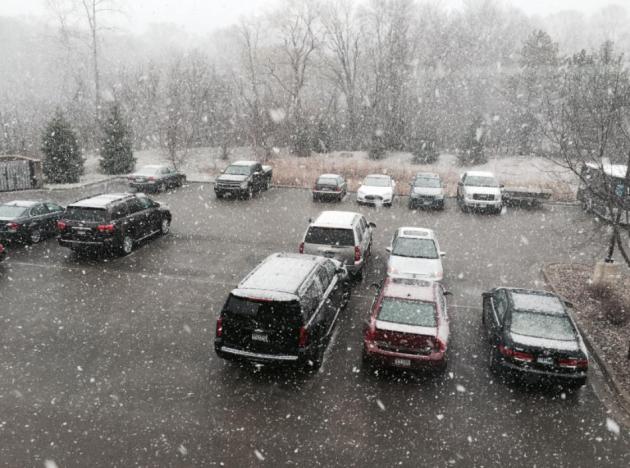
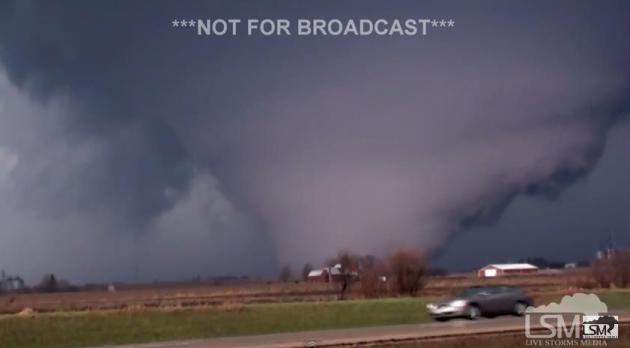
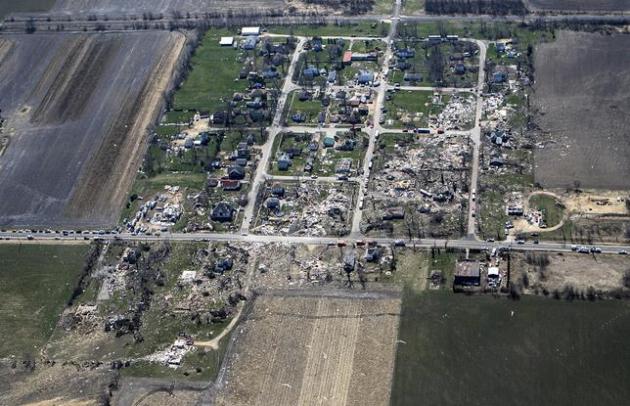

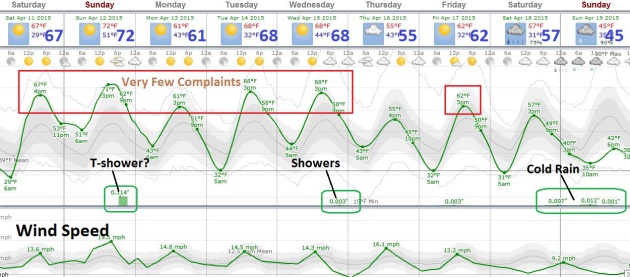
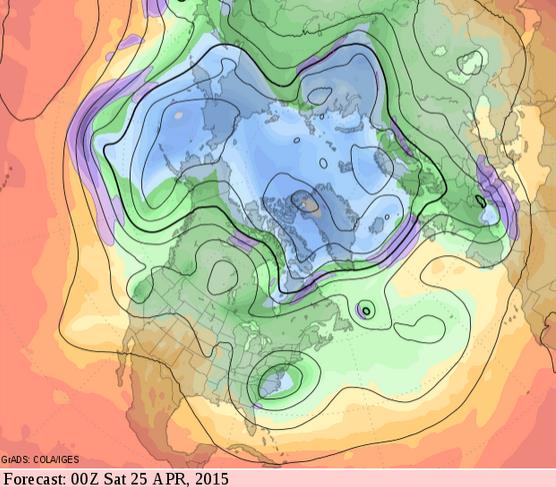
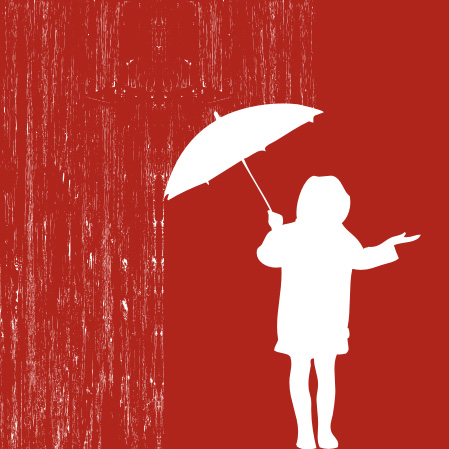
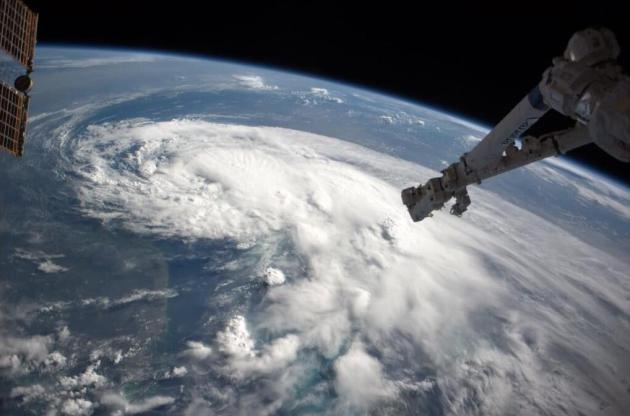
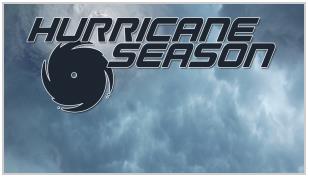
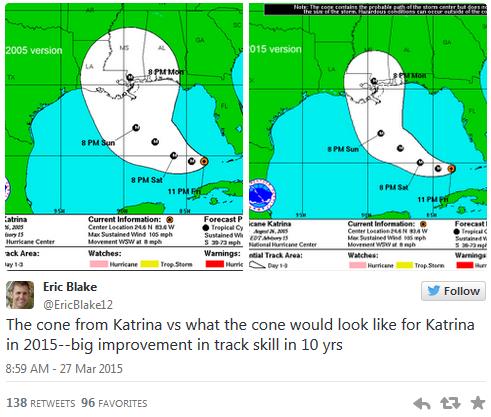
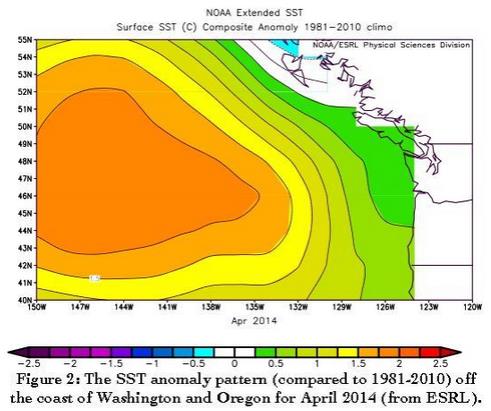

.jpg)
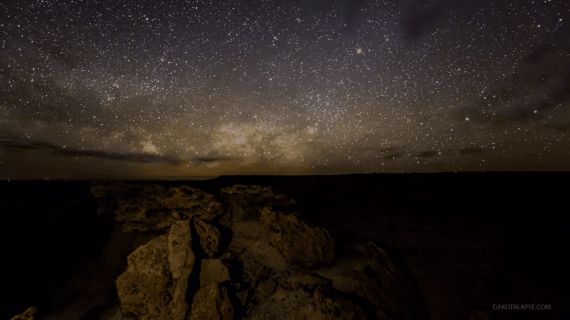



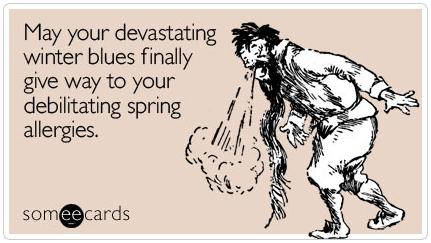
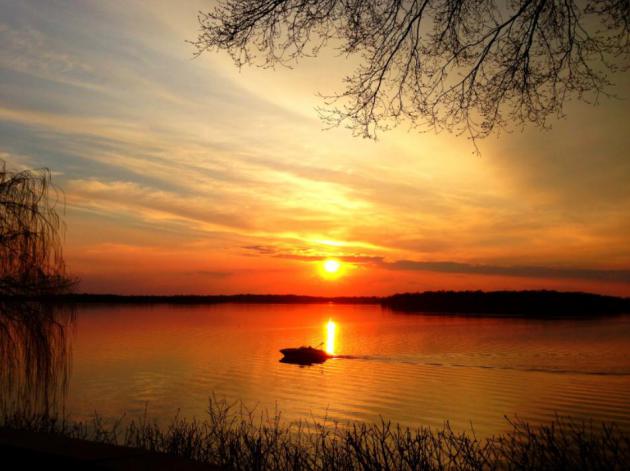

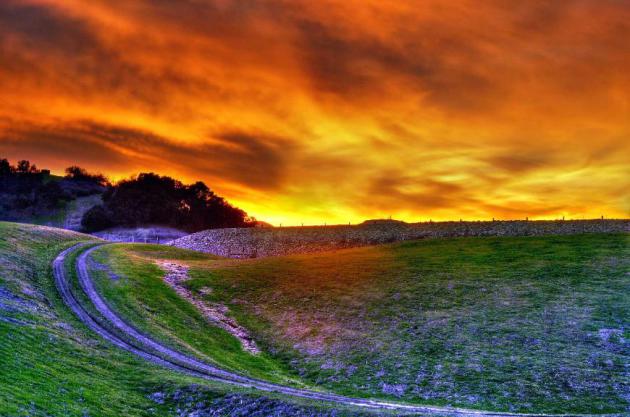
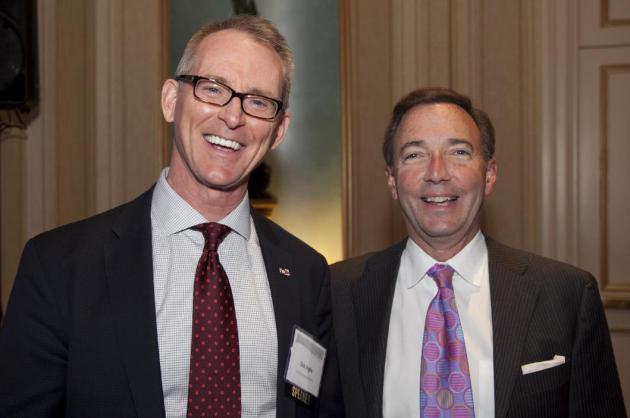


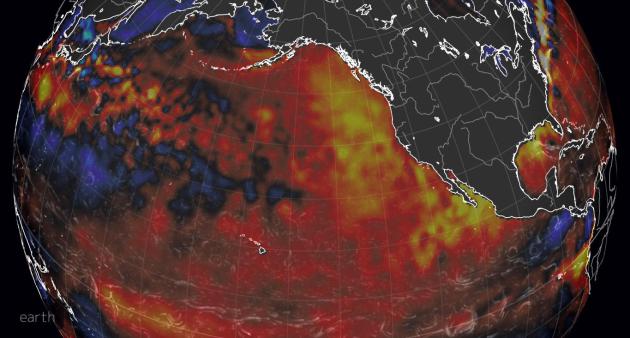


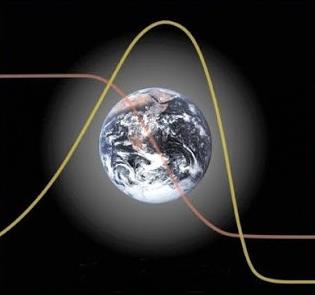



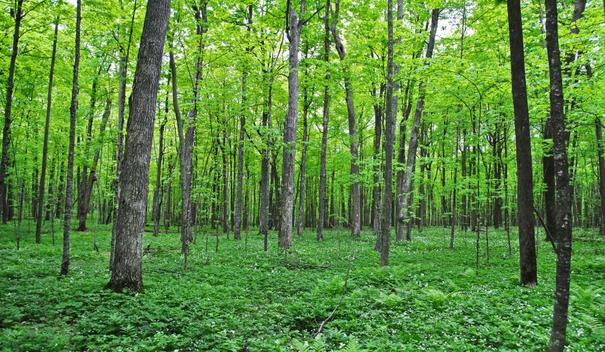 Wisconsin Bans State Workers From Discussing Climate Change, And A Trend is Born. Here's an excerpt from
Wisconsin Bans State Workers From Discussing Climate Change, And A Trend is Born. Here's an excerpt from
No comments:
Post a Comment